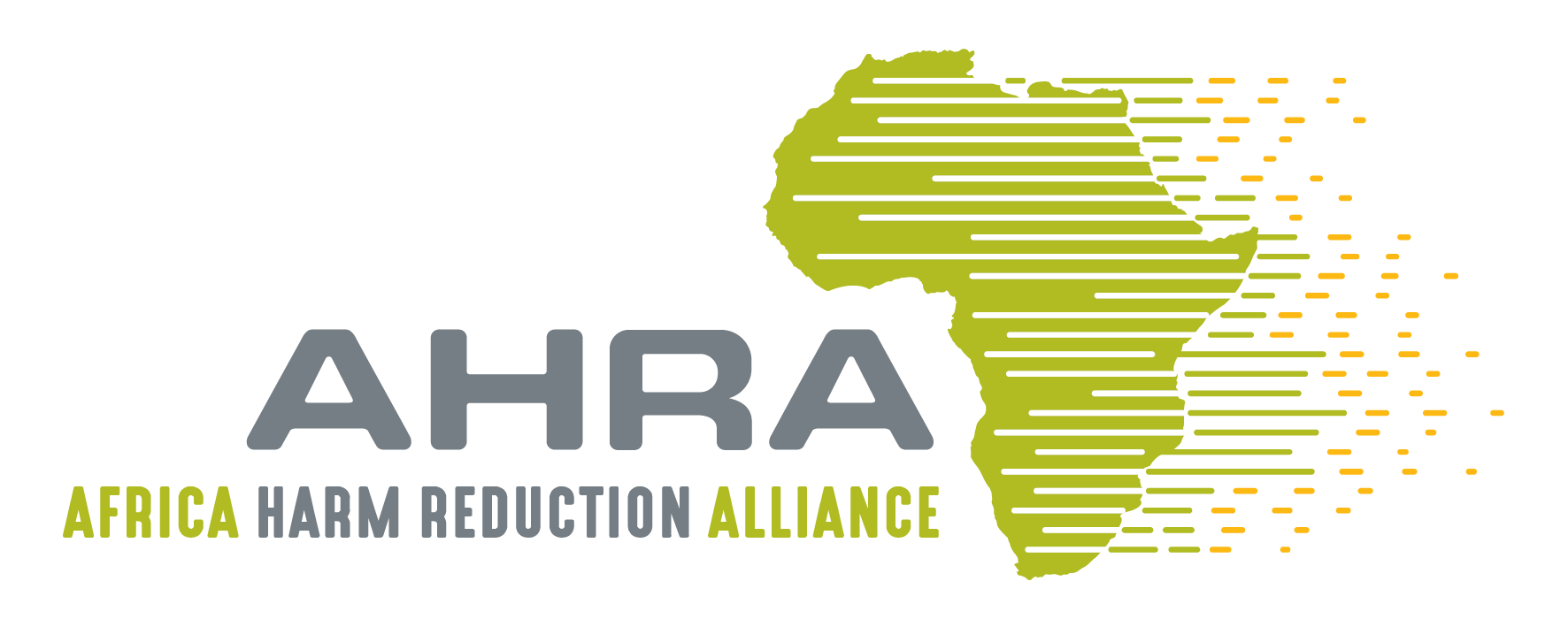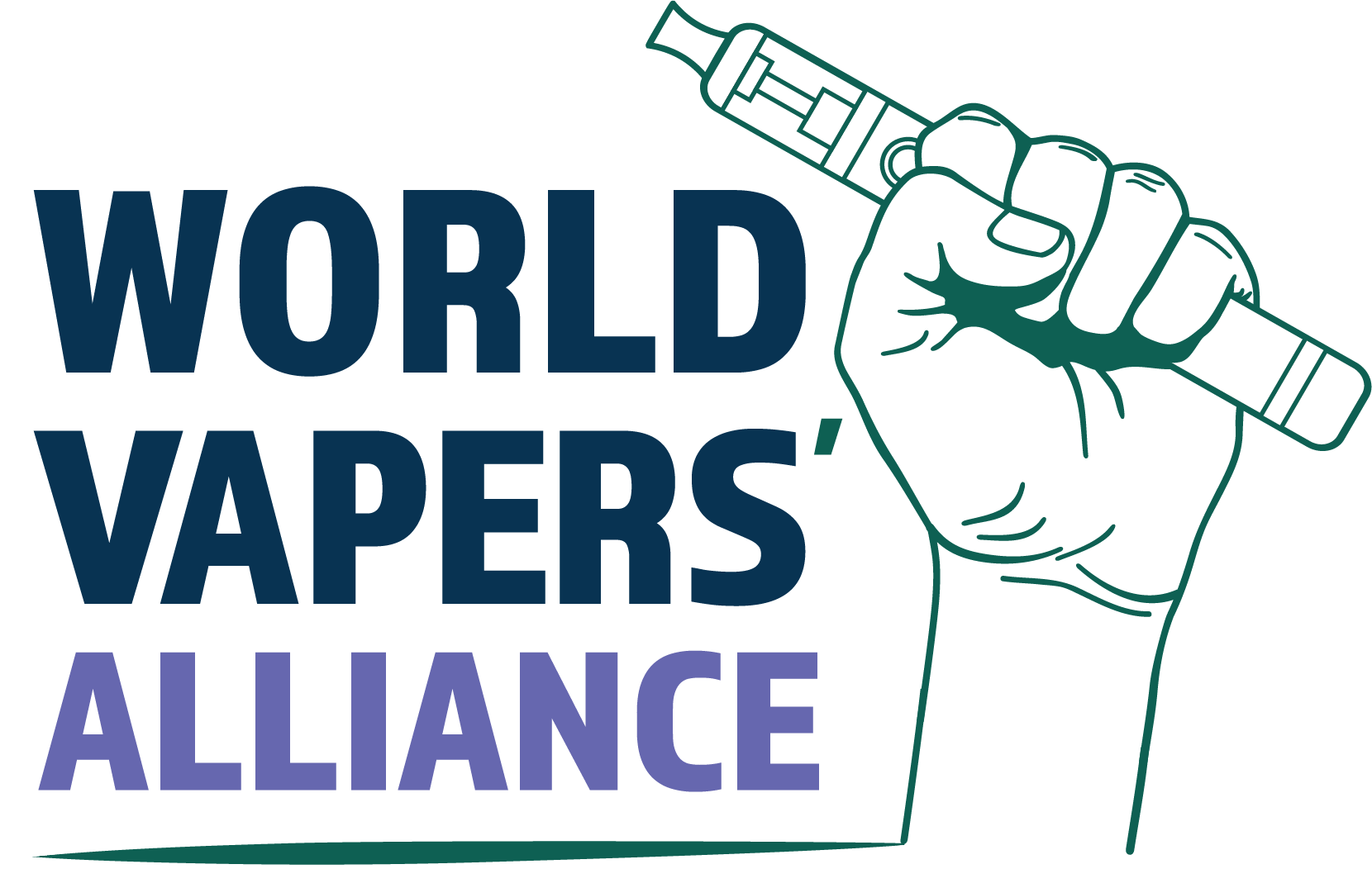Every year the world marks World No Tobacco Day on May 31. This year's theme is Cessation: policies and initiatives that help people to quit smoking. Governments have a responsibility to help people to stop smoking! Quitting can be challenging, especially with the added social and economic stress that have come as a result of the pandemic, but there are a lot of reasons to quit.
The benefits of quitting tobacco are almost immediate. After just 20 minutes of quitting smoking, your heart rate drops. Within 12 hours, the carbon monoxide level in your blood drops to normal. Within 2-12 weeks, your circulation improves and lung function increases. Within 1-9 months, coughing and shortness of breath decrease. Within 5-15 years, your stroke risk is reduced to that of a non-smoker. Within 10 years, your lung cancer death rate is about half that of a smoker. Within 15 years, your risk of heart disease is that of a non-smoker. If that’s not enough here are a few more reasons!
The WHO has invested extensively in supporting policy frameworks to assist countries to combat tobacco advertising, sales and promotion. Despite these interventions, over 1 billion people actively smoke, of whom >80% live in low- or middle-income countries. Although many African countries have policies regarding tobacco control, very few have programs to support smokers who wish to quit
It is clear that Africa is not suitable to a ‘one-stop-shop approach’ to tobacco cessation given the complexities of the cultural, economic, tobacco prevalence and available resources admixture. It is also evident that the FCTC policies regarding monitoring, advertising, and smoking bans have been adopted and effectively implemented in several countries. Despite this, the capacity to undertake effective smoking cessation is limited by poor availability of basic services such as quit lines, and/or basic self-funded NRT availability.
Similarly, policy on its own does very little to assist highly addicted smokers to quit but even potentially worsens the situation for a heavily addicted smoker, with high costs of cigarettes and restricted areas in which to smoke. A combined strategy of effective and stringent tobacco control along with effective options to assist smokers in overcoming their addiction to nicotine is likely to be more effective for overall tobacco control. In turn, this will reduce the number of active smokers as well as the burden of smoking-related illness on the healthcare systems that can least afford it.
Broadly speaking, studies have found that in most countries the main drivers of reduced smoking rates have been some combination of: (1) increased public awareness of the dangers associated with smoking, (2) an increase in the price of cigarettes (including taxes), and (3) the availability of low-risk alternatives and cessation products/ assistance.
In Africa, tobacco use is still within the “moral debate”. This makes the promotion of the needs of people who smoke on the continent an uphill task. Some sections of society believe that people who smoke are morally weak or deserve to be punished. This is why the purported “war on cigarette smoking” is considered acceptable and easily implemented in many parts of Africa.
The W.H.O has been strongly supportive of harm reduction in other contexts — for example the use of condoms to reduce HIV transmission in Africa — however it has been far less supportive when it comes to tobacco harm reduction. Most smokers in Africa have been priced out of WHO recommended cessation products, such as the gum and the patches, rendering them somewhat helpless. The WHO Framework Convention on Tobacco Control (FCTC) and the MPOWER strategy, instituted in 2005, have assisted governments in tobacco control efforts. Tobacco control efforts via Monitoring tobacco use, protecting people from tobacco use, offering help to quit, Warning about the dangers of tobacco, enforcing bans on advertising and sponsorship and Raising taxes on tobacco, are gaining traction globally.
It is estimated that roughly two-thirds of the world’s population is protected by at least one MPOWER measure. The uptake of each measure varies across continents and countries, but a striking discrepancy is seen in low- vs. high-income countries, where cost, governmental buy-in and resources impact on which measures are implementable.
The MPOWER strategy that is reported to be the most underutilized is that of offering help to quit tobacco use. Article 14 of the FCTC promotes tobacco cessation awareness and support for tobacco dependence, including that nicotine replacement therapy is on the WHO essential drug list. Despite this, the 2017 WHO Report on the Global Tobacco Epidemic detailed that ‘less than one-third of high-income countries offer complete cessation support, as do fewer than one in 10 middle-income countries, with only one low-income country (Senegal) offering full cessation support.
Safer nicotine products should be recommended by the World Health Organization to smokers unable — or at least unwilling — to achieve cessation through complete nicotine and tobacco abstinence; who continue smoking despite the very real and obvious adverse health consequences. We must not forget that it has been projected that 1 billion people will die from smoking this century despite the W.H.O ’s efforts. This way, more smokers to commit to quit!




